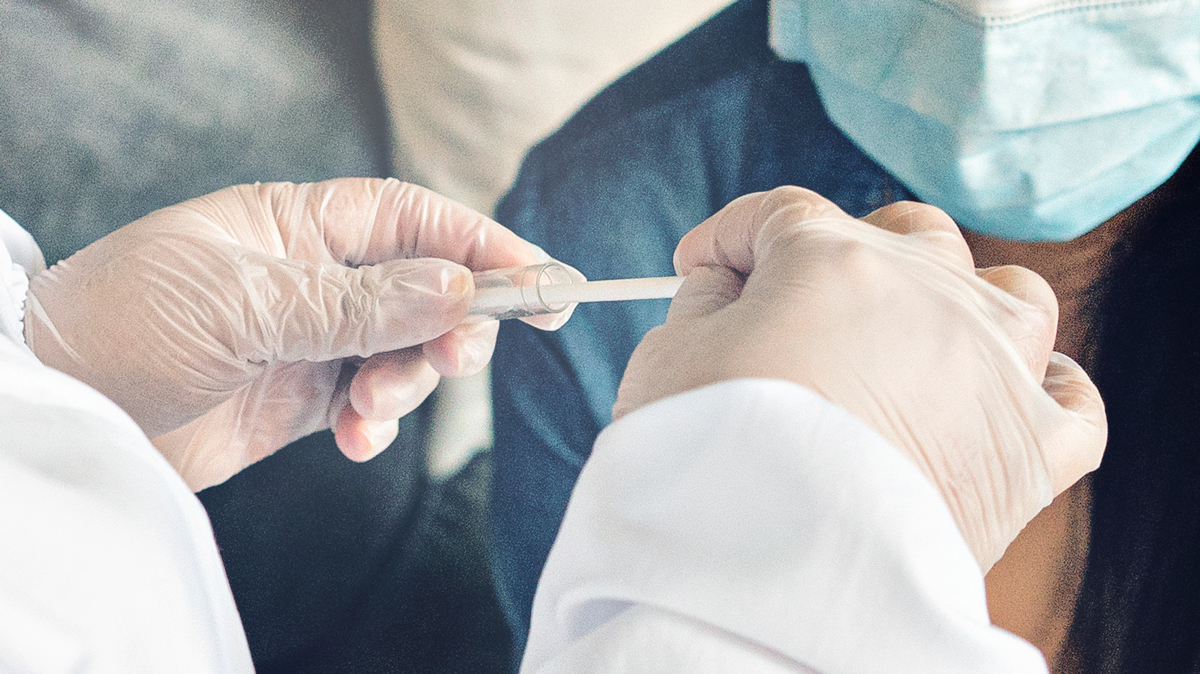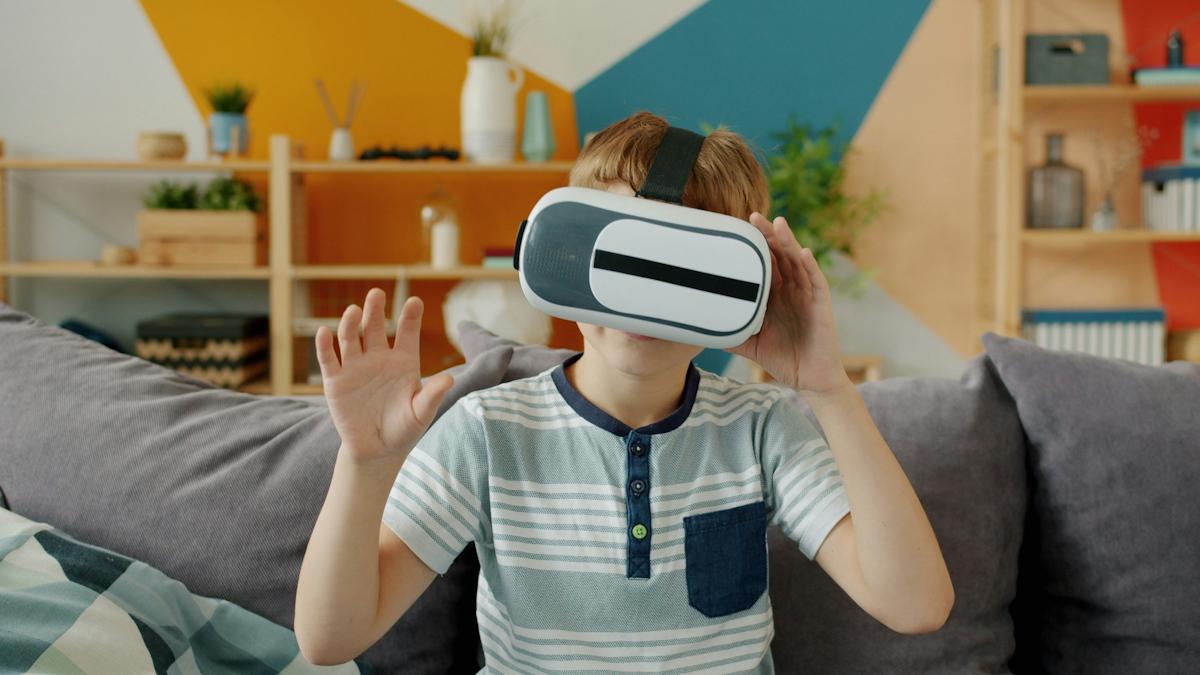Patient involvement in trial design: looking to the future

COVID-19 has transformed the way we think about patient participation in trial design – but there are still many barriers to overcome in improving engagement. Speakers at the NIHR’s recent virtual event for the pharma industry discussed best practices for bringing patient insights into research.
The pandemic has forced the industry to embrace virtual patient engagement to an extent that would have seemed unachievable little more than a year ago, but there is much more the industry needs to do to ensure that trial designs can truly meet patient needs in a post-COVID world.
That was the message from ‘The New Normal: Balancing the rapid evolution of trial design with patient need’ panel at the NIHR Clinical Research Network Virtual Event for the Life Sciences Industry.
As moderator Gareth Powell – business development officer, patient engagement and clinical development service project lead at the NIHR – noted, the Institute has seen fantastic feedback from patients on the increased use of virtual engagement over the course of pandemic.
“They're not having to travel to speak to researchers in person anymore,” he said. “Likewise, we've got greater flexibility in being able to do research at a time of their choosing. That's something we're going to try and incorporate moving forward.”
Trishna Bharadia, health advocate and patient engagement advisor, said that this has been particularly helpful in communities for people with MS and other forms of disability.
“I know a lot of people in these communities who haven't been able to engage with clinical trials and patient engagement opportunities in the past because they can't, for example, get out of the house for a whole day, or it takes them two, three hours to even prepare themselves to leave home.
“The digital environment is actually opening up those opportunities. I would be really upset and disappointed if, once we've returned to some kind of normality, we just go back to the way things were.”
But remote monitoring is not the be-all and end-all of patient centric trial design, and the industry needs to make sure it is taking every possible consideration into account and always looking for new ways to involve patients in this process in the post-COVID world.
“The degree to which we can employ virtual approaches may vary depending on the patient, but we always need to be working much more closely together to design the best trials to investigate whatever it is we're looking at in front of us,” said Bryan Deane, director of new medicines and data policy at the ABPI.
“We need to go right back to the beginning and say, ‘How do we understand the unmet need in various diseases?’ We need to talk to the patients at that point. We need to understand how the diseases are affecting people, what we need to measure and how we need to address that unmet need.”
Bryan said that there had been some positive learnings from COVID-19 in how to engage patients in new ways, but these are not yet deeply embedded in the wider system – and in fact many early COVID studies did not strongly involve patients in trial design.
While the ABPI code can often make pharma companies cautious about interacting with patients, Bryan noted that the Association has launched a sourcebook to guide companies on how to work with patients and patient organisations in a productive and compliant way.
“We really do need to be forward-thinking about that patient experience and the journey they're on and make it easy to be part of the trials,” he said. “Also, we need to measure the things that are most important to the patients. It is a journey and we really need to be improving this across the board.”
Case studies in young people
During the panel, UCL medical student Adit Bassi offered a case study on the considerations needed when engaging specific patient populations for trial design insights, drawing on his advocacy work in this area with children and young people.
He noted that pharma sometimes finds engaging this often-overlooked group of patients more of a challenge than engaging adults, but that there are actually many underappreciated ways to achieve this – even during lockdowns.
He added that getting opinions from children and young people via more standard platforms such as Zoom can sometimes be harder than researchers expect, so it’s vital to look at other platforms used more frequently by these age groups – such as Jamboard, Google Docs, Vevo, or Slido – to encourage their participation.
Adit said that speaking to specific patient populations like this and asking them how exactly they want to be engaged is of the utmost importance.
“For example, a lot of adults will assume that children and young people are amazing with technology. They might, for example, think that Twitter is the best way to access everyone that could possibly want to be part of a paediatric research study, but actually a lot of children and young people would turn around and say, ‘I don't know what Twitter is’."
Adit and Trishna both added that getting patient involvement from right at the beginning of study design – even at the brainstorming stage – is paramount. Thankfully, many pharma companies seem to be gradually improving on this.
Previously, Adit said, young persons’ advisory groups had been used mostly as “ethical tick boxes” by researchers.
“Researchers would come to us with a study that had already been designed just to help get ethics approval. They listened to us but we weren’t able to change anything because it was too late in the process.
“We’re seeing more and more researchers coming to these groups at a very early stage, and also showing us what they have taken from those discussions and how we have helped alter their study design.
“They’re saying that the points we’ve given have helped so much, and that they’re going to come back once they’re further along in the trial design to get more feedback. Our young persons’ advisory groups are busier than ever.”
He added that more and more big pharma companies are now embracing this approach and setting examples for other parts of the sector.
“The best thing about talking to children and young people is we have no inhibitions and can be absolutely ruthless about critiquing trial designs,” Adit added. “If you show us an animation and it makes no sense, we'll say, ‘It makes no sense. Please go away and change it because children and young people aren't going to engage with this.’
“As much as we grill the researchers, they do love it and the fact that they have seen what we can provide is phenomenal.
“The secondary gain is that you're more likely to get ethical approval, because you have spoken to us and you have taken our opinions into account.”
Listening to patients
Panelist Shona Fraser, head of clinical research for Janssen UK, said that her company’s approach to ensuring patient involvement happens at all stages of trial design is to have seven ‘touchpoints’ for engagement throughout the development cycle, starting from the concept phase, with the clinical research itself sitting in the middle of that roadmap.
She added that while the entire industry is looking for ways to make trials more virtual, researchers must take into account how appropriate different approaches are for each population. She noted, for example, that Janssen had negative feedback on an app they used for a COVID trial early on in the pandemic
“People in the trial were predominantly older… Their use of technology was perhaps not as strong as somebody from a different generation.
“We also need to remember that patients still like going to doctors. I think there has to be a balance between maintaining patient care and the patients feeling valued as part of the clinical trial. We can’t just say ‘Here's an app, fill it in. Thanks very much’.”
With all of this in mind, the panelists’ key message was that researchers cannot hope to design truly patient-centric trials without listening to patients as much as possible.
“I think it's important that we treat each patient and each clinical trial differently and not make any assumptions,” said Shona.
“When you just spend time talking to a patient about their daily life, that actually gives you enough insight to see if the procedures you wanted to conduct in your trial are impossible or don’t fit into their lifestyle. The NIHR Patient Engagement Team is a good place to start if you're not working with one of the patient groups.”
Trishna said that she believes that best the way forward is through collaboration.
“We need to ensure that collaboration is flexible. The responsibility lies with every stakeholder group in order to make that possible. It doesn't just lie with the regulators or with pharma or with the patient groups. It lies with everyone because at the end of the day, we're all working towards the same thing, and that's to improve outcomes for people who are living with health conditions.
“We all need to push for continuing to be able to work in innovative ways and be as flexible as possible in our approaches.”
“You need to strive for inclusion at every possible stage,” added Adit. “If there’s one final point you can take from what I say today, it's that at every single stage that you can involve a patient group to facilitate your research and your studies, that is 100% something that you should try and do. I've seen from every angle that it's nothing but a positive.”
About the author
George Underwood is the editor for pharmaphorum’s Deep Dive digital magazine. He has been reporting on the pharma industry for seven years and has worked at a number of leading publications in the UK.











